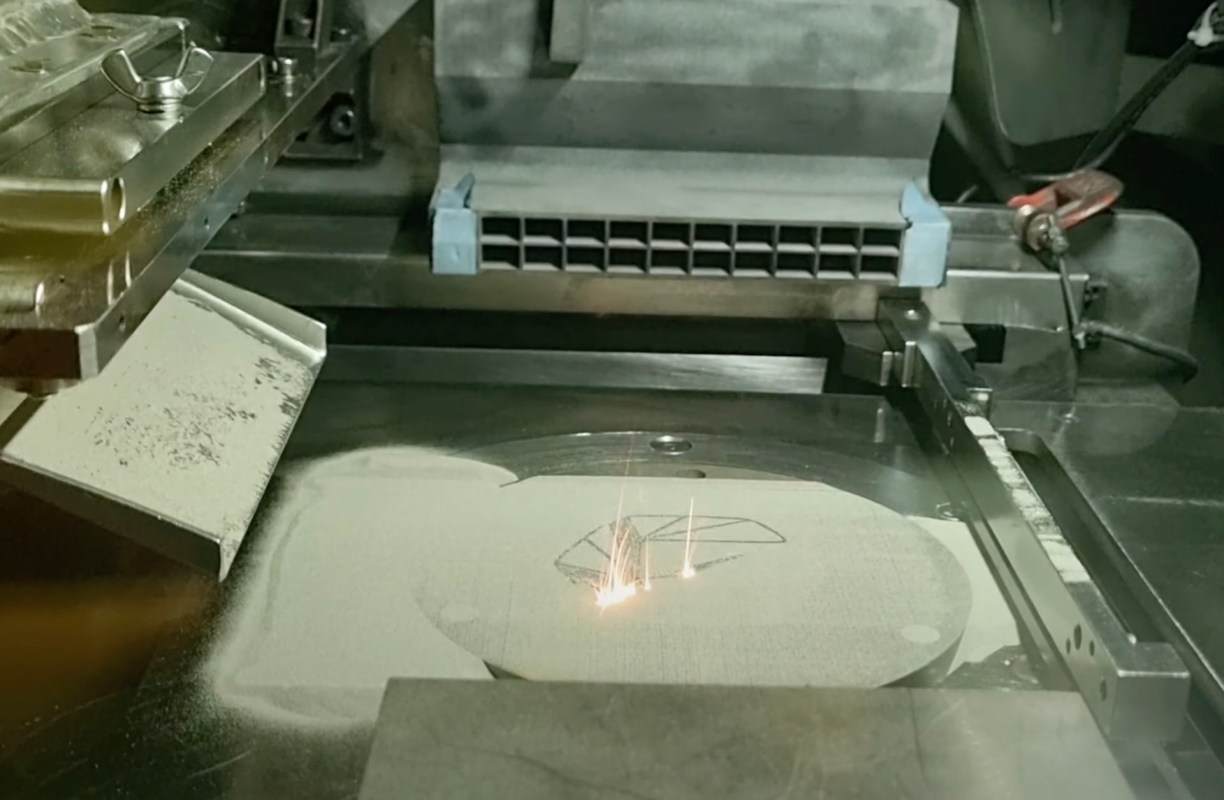Steel production is responsible for 3 billion metric tons (about 3.3 billion tons) of carbon dioxide — or around 8% of all planet-warming pollution per year — according to the World Steel Association, as cited by Chemical & Engineering News. But researchers may have just developed a new way to bring that number down by 3D printing the metal.
A team at the University of Cambridge developed the method, which uses the traditional 3D printing laser as a "microscopic hammer" to harden the metal during processing, instead of the traditional "heat and beat" method in which the metal is hardened with a hammer and softened with fire.
Their findings were published in the journal Nature Communications.
Though it is still unproved and would currently be very expensive to implement on an industrial scale, the researchers believe that this method could lead to more sustainably produced steel in the future.
"We think this method could help reduce the costs of metal 3D printing, which could in turn improve the sustainability of the metal manufacturing industry," Dr. Matteo Seita, the Cambridge University engineering professor who led the research, said. "In the near future, we also hope to be able to bypass the low temperature treatment in the furnace, further reducing the number of steps required before using 3D printed parts in engineering applications."
According to the International Energy Agency (IEA), "Steel has been increasingly in the spotlight … but efforts in the iron and steel sector need to accelerate significantly to get on track" and significantly reduce its planet-overheating emissions.
"The emissions reduction potential of conventional process routes and scrap is limited," the IEA goes on to say, "and so innovation this decade will be crucial to commercialise new near zero-emission steel production processes."
While the popularity of certain niche alternative building materials — such as biomaterials made of fungal tissue associated with mushrooms and hemp — is rising, steel is still one of the most important building and infrastructure materials in the world, and the time to innovate its production processes is now.
Join our free newsletter for weekly updates on the coolest innovations improving our lives and saving our planet.









